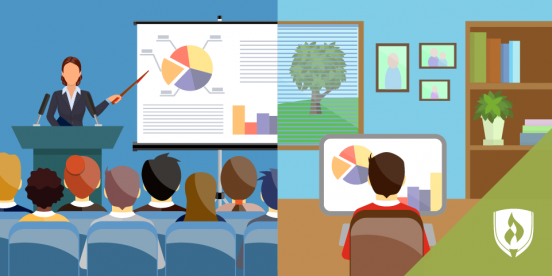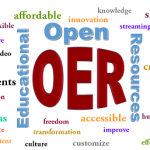The Memorable Online Learning Experience
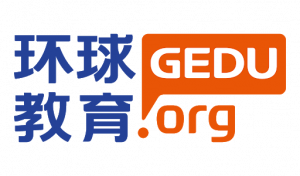
To be honest, before EDCI 339 course, I didn’t have much experience taking online courses. Therefore, when it comes to online lessons, it may be traced back to high school. As an international student, if you want to apply for a foreign university;Having a qualified IELTS score is an important condition. So, during the summer vacation, I applied for an online course about IELTS at an educational institution. The name of this educational institution is Global Education. This is a learning institution for students who need to study abroad. It offers both online teaching and face-to-face teaching. I participated in a 3-month IELTS promotion course. In this online course, there are 6 students and 3 teachers. We need synchronous video teaching. The teachers and students need to be online at the same time. Teachers asked us questions through video chat. Students need to go online at regular times to listen to classes together. We also take small exams randomly online. For example, the spoken mock test, where a teacher randomly issues a question, and students need to complete the speaking test online in their own language. Of course, the teacher will also leave homework for us, we need to upload the homework before the deadline. I think this is a very interesting and learning experience.
Videos of IELTS listening
But recently, due to the global outbreak of coronavirus disease2019(COVID-19), in order to control and prevent the further spread of the virus, the University of Victoria has started to cancel face-to-face teaching. Many teachers have begun to use real-time video online classes for teaching. I think this is an interesting experience for many students. For my chosen subjects, our teacher uses Coursespaces, an online education tool. Teachers can upload the teaching PowerPoints to the webpage for students who participated in this course to watch and use. My psychological midterm exam is also conducted through Coursespaces. This avoids physical contact between people and allows students to take the test at different times and places according to their situation.
Connections to Course
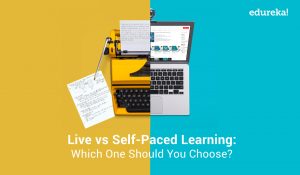
After learning about technology in education through this week. I can see that the online lesson I was studying was a live and synchronous course. Teachers and students need to communicate face to face through video at the same time. Although the time is fixed, the learning location is not fixed and changeable. I think this kind of education method is more efficient, students can ask questions in video chat anytime, anywhere, and can get the teacher’s response in time. compared to asynchronous education, the online course I took was lack of flexibilities of time. ( 7.6 The time and space dimensions of media.)In addition, our teacher will also upload some recorded video files to help us learn. For example, some high-score students’ simulated speaking test dialogue scenes;Some excellent writing articles; mock recordings of listening tests; and some pictures of writing article frames. So the teacher combined a lot of media and technology through education.
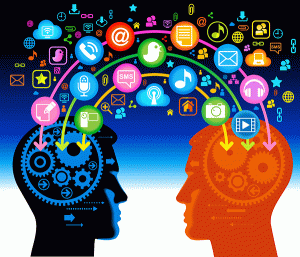
On the other side, communicative media and broadcast media are also used in this online course. (7.5 Broadcast vs communicative media) The broadcast media ensure that every student who takes IELTS courses received consistent and correct learning materials. IELTS officials will provide effective and up-to-date learning materials for each student who will take the IELTS test. Therefore, global IELTS data is unified. The authenticity of the information is important to students. Our teachers also use communication software and email to better communicate and interact with us. This helps us to better cooperate and participate in learning with our teachers and fellow students. Also, communicative media help learners to receive more widely and the latest information. However, for the credibility of this information, we need to rely on our own discernment ability to identify.
When it comes to the media richness, rich and versatile media can make learning more interesting and livelier. (7.7 Media richness) Single medium is boring, but a rich medium will have more advantages for both learners and instructors. Through rich mediums, instructors can do many things just like recording student’s learning process. Learners can also learn from combined videos and audio learning materials. Too rich media can be distracting or disruptive for learners. It is difficult for them to devote themselves to learning. When learning more complex or esoteric content, the richness of the media has a great effect. Rich mediums can make complex content easier to understand by explaining a series of content such as videos. But when facing some very clear content, rich media is not necessary. It may even make simple content too complicated, which will cause troubles for learners. However, rich media will make it easier for learners to accomplish their learning goals.
Reference:
A.w., Tony, & Bates. (2019, October 10). 7.5 Broadcast vs communicative media. Retrieved from https://via.hypothes.is/https://pressbooks.bccampus.ca/teachinginadigitalagev2/chapter/8-3-broadcast-vs-communicative-technologies/
A.w., Tony, & Bates. (2019, October 10). 7.6 The time and space dimensions of media. Retrieved from https://via.hypothes.is/https://pressbooks.bccampus.ca/teachinginadigitalagev2/chapter/8-4-synchronous-vs-asynchronous/
A.w., Tony, & Bates. (2019, October 10). 7.7 Media richness. Retrieved from https://via.hypothes.is/https://pressbooks.bccampus.ca/teachinginadigitalagev2/chapter/8-7-media-richness/
